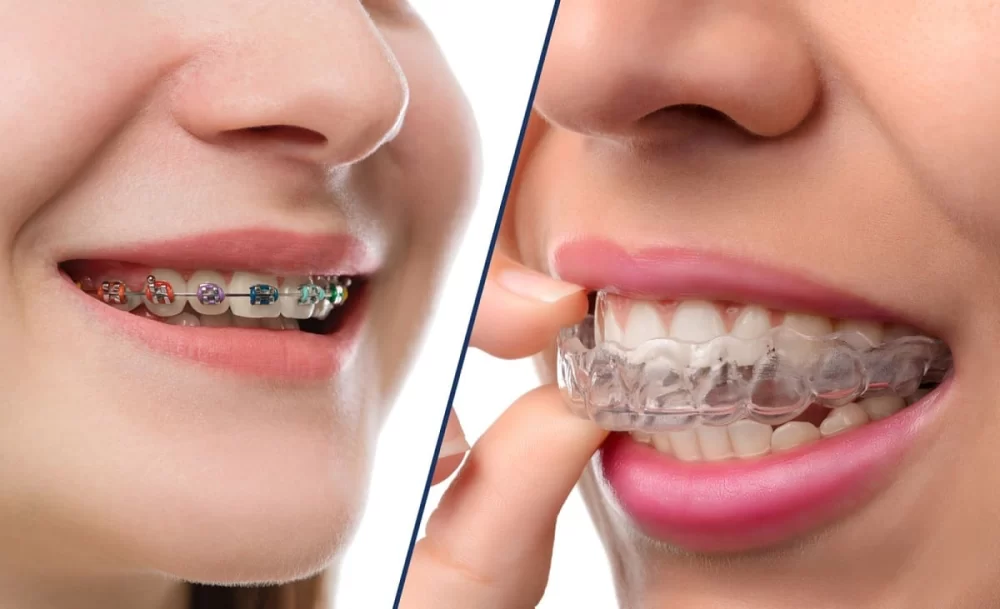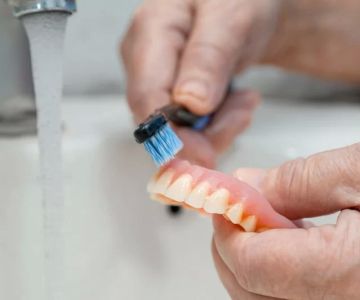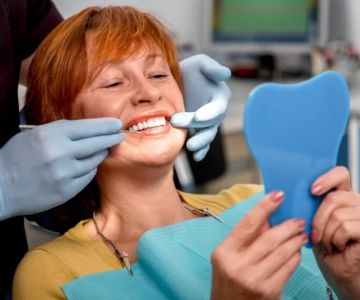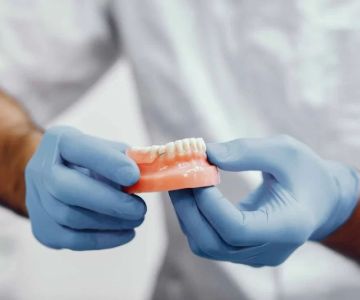
Cost of Invisalign vs Braces: Which Option Is Best for You?
If you’re considering orthodontic treatment, you’ve probably found yourself debating between Invisalign and traditional braces. Both options offer great benefits when it comes to improving the alignment of your teeth, but they also come with different cost structures. In this article, we’ll explore the cost of Invisalign vs braces, so you can make an informed decision based on your needs, preferences, and budget.
1. Understanding the Basics: Invisalign vs Braces
Before diving into the cost comparison, it’s important to understand the differences between these two popular orthodontic treatments. Both Invisalign and braces are designed to straighten teeth, but the methods they use are quite different.
Invisalign involves the use of clear plastic aligners that are custom-made to fit your teeth. These aligners are virtually invisible and are replaced every few weeks to gradually shift your teeth into place. On the other hand, traditional braces use metal brackets, wires, and rubber bands to move your teeth over time. Braces are more noticeable, but they are very effective for a wide range of dental issues.
2. The Average Cost of Braces
The cost of traditional braces typically ranges from $3,000 to $7,000, depending on the complexity of your dental needs and where you live. The price can vary based on the type of braces you choose. For instance, ceramic braces, which are less noticeable than metal braces, can cost anywhere between $4,000 and $8,000.
Most dental insurance plans cover a portion of the cost of braces, but this will depend on the specifics of your insurance policy. You should expect to pay a portion out-of-pocket, with the possibility of additional costs for adjustments or any unforeseen issues during your treatment. Payment plans are often available, which can help make braces more affordable over time.
3. The Average Cost of Invisalign
Invisalign is often marketed as a more expensive option, with costs generally ranging from $3,500 to $8,000. While this may seem like a higher price point, many people find that the aesthetic and comfort benefits are worth the extra cost. Invisalign aligners are custom-made for each patient and are designed to be discreet and comfortable, allowing you to maintain a more natural appearance during your treatment.
As with traditional braces, the cost of Invisalign can vary depending on the complexity of your case. If you have more severe alignment issues, the cost may increase. However, for individuals with minor to moderate alignment issues, Invisalign could be a more affordable and appealing option than braces. Just like braces, Invisalign can also be covered by dental insurance, though the amount of coverage will depend on your plan.
4. Factors That Affect the Cost of Both Treatments
The cost of both Invisalign and braces can be influenced by several factors, including:
- Location: The cost of orthodontic treatment can vary significantly based on where you live. Treatment costs in urban areas tend to be higher compared to rural areas due to differences in the cost of living and the demand for dental services.
- Complexity of the Treatment: The more complex your case, the higher the cost of treatment. If you need significant work done to realign your teeth or bite, both braces and Invisalign will be more expensive.
- Duration of Treatment: Longer treatments require more appointments, adjustments, and aligner replacements, which can increase the cost. Invisalign typically requires fewer visits, which could make it a more convenient and cost-effective option for some patients.
- Type of Braces: The type of braces you choose will also affect the overall cost. Traditional metal braces are generally the least expensive, while ceramic braces or lingual braces (which are placed behind the teeth) tend to cost more due to their more discreet appearance and added complexity.
5. Additional Costs to Consider
In addition to the primary cost of treatment, there are other potential costs to keep in mind when considering both Invisalign and braces. These include:
- Retainers: After your braces or Invisalign treatment, you’ll likely need a retainer to maintain the alignment of your teeth. The cost of retainers varies, but they typically range from $100 to $1,000, depending on the type you choose.
- Emergency Visits or Repairs: If your braces break or your aligners are damaged, you may need to visit your orthodontist for repairs or replacements, which can add to the cost.
- Consultation Fees: Some orthodontists charge a consultation fee, though many will waive it if you proceed with treatment at their practice.
6. Pros and Cons of Invisalign vs Braces
Now that we’ve looked at the costs, it’s important to weigh the pros and cons of each treatment option to help you make a decision that’s best for you.
- Invisalign Pros: Invisalign is discreet, comfortable, and removable. You can eat whatever you like and clean your teeth easily without the restrictions that come with traditional braces.
- Invisalign Cons: Invisalign may not be suitable for complex cases, and there is a risk of misplacing aligners or forgetting to wear them. This can lead to delays in treatment.
- Braces Pros: Braces are ideal for more complex dental issues and require less patient compliance since they’re fixed in place.
- Braces Cons: Braces are more visible, and they can be uncomfortable, especially after adjustments. They also come with dietary restrictions (e.g., no sticky or hard foods).
7. Making the Right Choice for Your Budget and Needs
The decision between Invisalign and braces ultimately comes down to your budget, dental needs, and lifestyle. While both options are effective at straightening teeth, Invisalign may be a better fit for those seeking a more discreet treatment and who have mild to moderate dental issues. On the other hand, traditional braces may be the better choice for those with more complex dental needs who require a more comprehensive solution.
If you’re looking for more information on the cost of Invisalign vs braces or if you want to schedule a consultation, visit Dentistry Toothtruth for more details on treatment options.







 Atlanta Dental Spa4.0 (890 review)
Atlanta Dental Spa4.0 (890 review) Today's Dental MN3.0 (168 review)
Today's Dental MN3.0 (168 review) Sage Dental of Downtown Orlando4.0 (541 review)
Sage Dental of Downtown Orlando4.0 (541 review) West Jordan Modern Dentistry and Orthodontics4.0 (222 review)
West Jordan Modern Dentistry and Orthodontics4.0 (222 review) Smile L.A. Downtown Modern Dentistry4.0 (484 review)
Smile L.A. Downtown Modern Dentistry4.0 (484 review) Nordstrom Orthodontics - Johnston4.0 (69 review)
Nordstrom Orthodontics - Johnston4.0 (69 review) The Importance of Oral Health Education During Pregnancy for a Healthy Pregnancy
The Importance of Oral Health Education During Pregnancy for a Healthy Pregnancy Best Tips for Brushing Your Teeth Properly for Healthy Gums: Essential Techniques for Oral Health
Best Tips for Brushing Your Teeth Properly for Healthy Gums: Essential Techniques for Oral Health Why Skipping Dental Checkups Can Lead to Bigger Oral Health Problems
Why Skipping Dental Checkups Can Lead to Bigger Oral Health Problems Advantages of Porcelain Dental Restorations
Advantages of Porcelain Dental Restorations How Can Diabetes Cause Tooth and Gum Problems? Preventing and Managing Oral Health Issues
How Can Diabetes Cause Tooth and Gum Problems? Preventing and Managing Oral Health Issues Healthy Habits for Promoting Good Oral Health and Hygiene: Tips for a Healthy Smile
Healthy Habits for Promoting Good Oral Health and Hygiene: Tips for a Healthy Smile